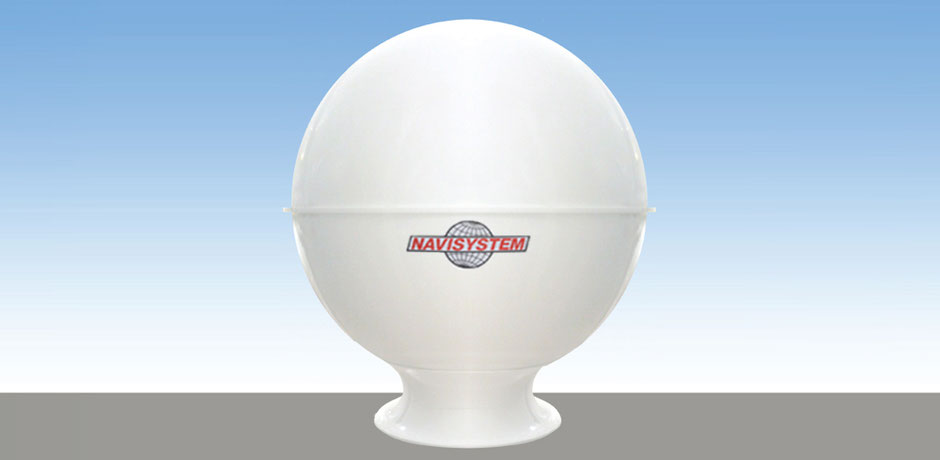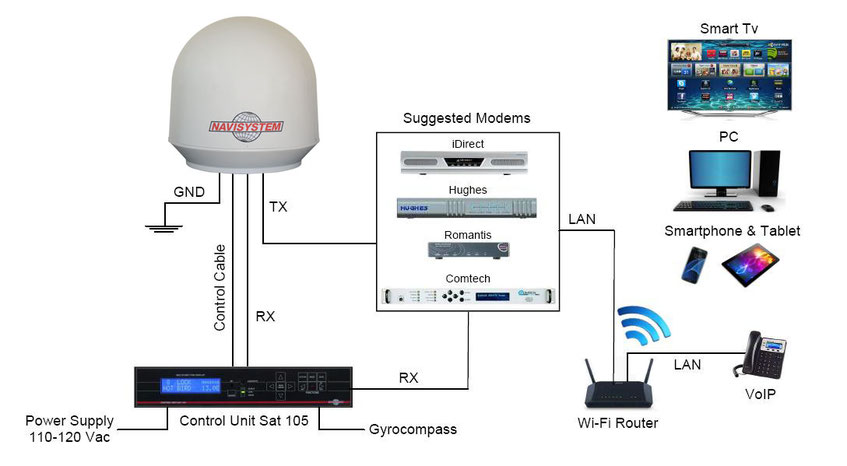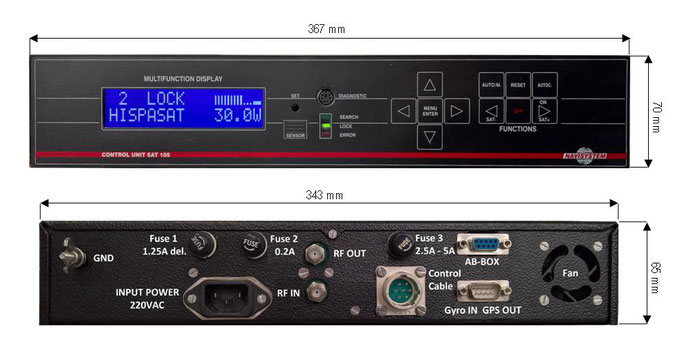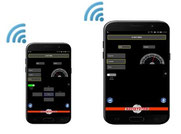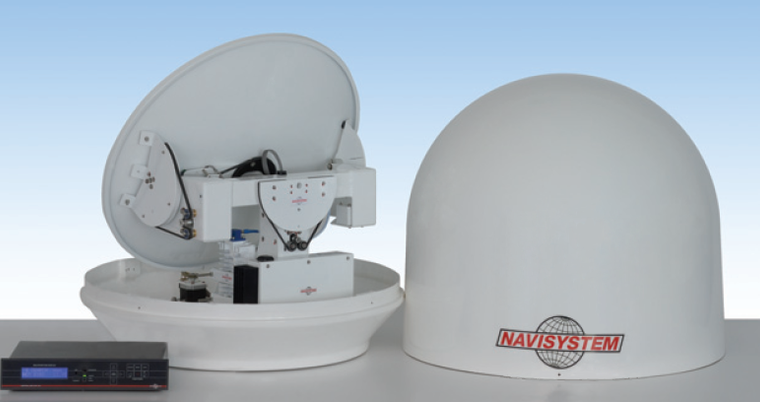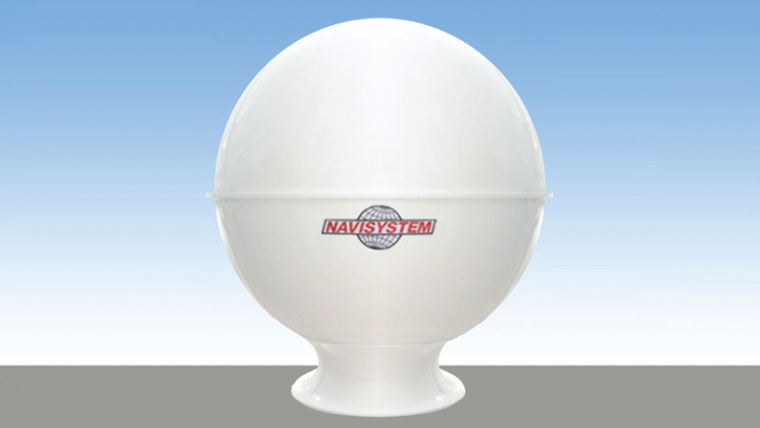Recommended for large commercial, cruise, military, ferry and oil tankers.
The VSAT 150 HT with its 150 cm dish guarantees excellent service even in areas where the signal is very low. Completely in aluminum, it is solid and resistant to vibrations, and manages to provide excellent performance while remaining reliable over time.
Main features :
- The most compact radome for 3-axis antenna (Navisystem patent);
- The antenna with the simplest operating system in the world, without dozens of boxes and antenna connectors;
- Italian manufacture: elegant, efficient, compact and light;
- KU band with cross polarization and copolar at the same time;
- Multiservice: with the special internet sat tv kit and tv on a single antenna;
- Dual or quad switching box for two or four antennas;
- Interfacing with the onboard gyro is not essential;
- Navilink: a single cable between the antenna and the Control Unit, interactivity with on-board systems;
- Non-magnetic kit against interference. “Tracking” even in adverse conditions.
- Automatic polarizer;
- Naviber technology: to identify the chosen satellite;
- GPS on board as standard;
- Remote assistance for firmware updates and technical support;
- 3-year warranty and worldwide service centers.
The following models are available:
- VSAT 150 HT KU;
- VSAT 150 HT KU-C dual band (allows you to work on two bands by changing only the desired satellite; on the same satellite, however, it operates simultaneously).
Technical specifications
Installation
VSAT Systems Wiring:
Optional
Sat tv kit
 With the special TV kit it is possible to have, in addition to the internet service, also the satellite TV service with a single antenna (not usable at the same time), an exclusive Navisystem designed specifically for our customers who do not want to give up any service despite having limited spaces available on board.
With the special TV kit it is possible to have, in addition to the internet service, also the satellite TV service with a single antenna (not usable at the same time), an exclusive Navisystem designed specifically for our customers who do not want to give up any service despite having limited spaces available on board.
Switching kit
 With the special switching kit, two antennas can guarantee two services without interruptions even in the presence of obstacles between the antenna and the satellite. The exchange between one antenna and the other takes place automatically as soon as one of the two loses the signal, but it is possible to set the exchange also in manual or priority mode in cases where it is preferred.
With the special switching kit, two antennas can guarantee two services without interruptions even in the presence of obstacles between the antenna and the satellite. The exchange between one antenna and the other takes place automatically as soon as one of the two loses the signal, but it is possible to set the exchange also in manual or priority mode in cases where it is preferred.

